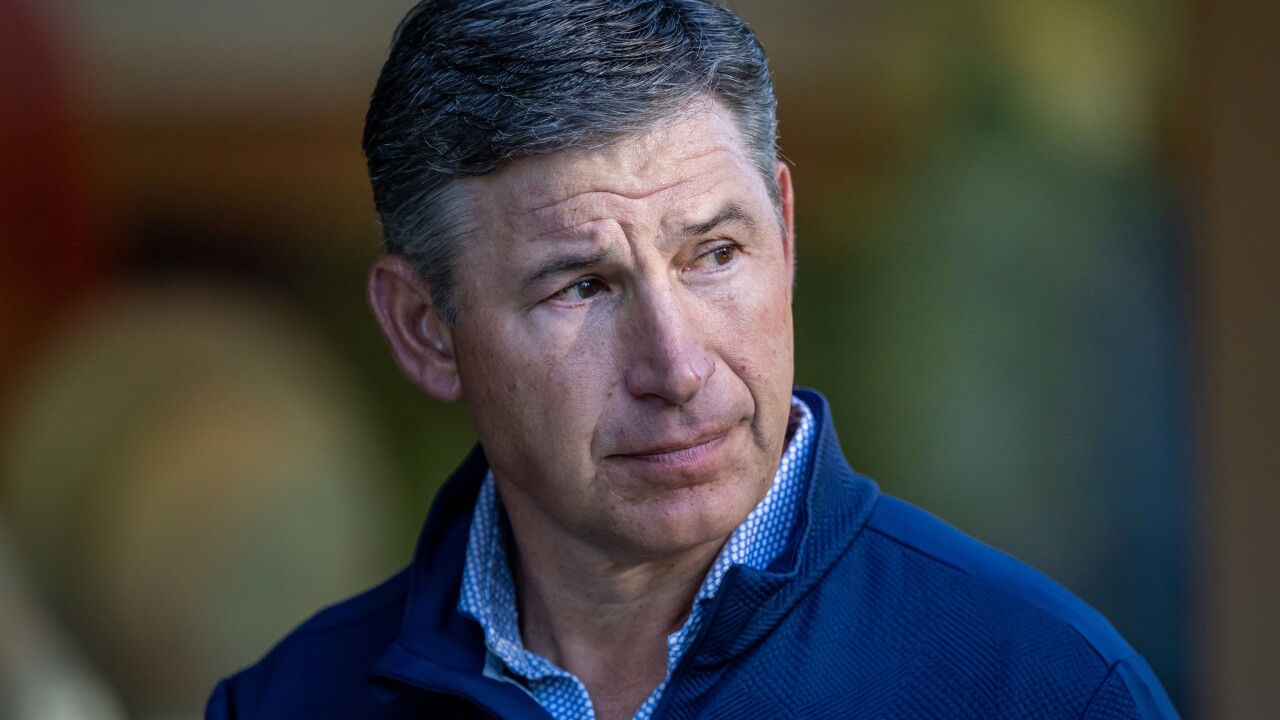Cincinnati, Ohio-based Fifth Third Bancorp opened its first branch in Alabama on Tuesday, checking off another box in its Southeast expansion.
The Huntsville location expands the $210 billion-asset bank's retail footprint to 12 states. It's the first of 15 Alabama branches — 10 in Huntsville and five in Birmingham — that the bank plans to open over the next three years.
The bank already operates in Florida, Georgia, Kentucky, Tennessee, West Virginia and the Carolinas — in addition to its Midwestern markets of Ohio, Illinois, Indiana and Michigan.
"[Alabama is] one of the fastest growing markets in the Southeast," Shawn Niehuas, head of consumer banking at Fifth Third , told American Banker. Approximately 99 people moved to Alabama per day between 2022 and 2023, according to Consumer Affairs.
The new Huntsville branch is one of 200 locations the bank plans to open from late 2024 to 2028 as part of its expansion strategy. Fifth Third anticipates that by the end of 2028, 50% of its branches will be in the Southeast, according to a company press release.
"Building density in each of these core communities throughout the Southeast, that has been really our priority," Niehaus said. "We don't want to just have an approach where we ... sprinkle a few branches here or there and don't canvas the whole market."
Though Fifth Third is viewed as a potential acquirer in an improving market for regional bank mergers, CEO Timothy Spence said in January that the bank doesn't need to "reach for M&A" amid strong organic growth.
As a new player in Alabama, Fifth Third will have to compete with well-established banks such as Regions Financial and PNC Financial Services Group, as well as other newcomers. JPMorganChase plans to open 24 branches in Alabama by 2030.
Earlier this month, analysts at Morningstar DBRS wrote in a research note that Fifth Third's expansion in the Southeast "creates some execution risk," given that the region "has attracted competition from well-established banks as well as other regional players."
"However, Fifth Third has an advantage as an early mover with their strategic growth starting in 2018," the analysts wrote.
Niehaus said Fifth Third is not concerned about the competition, citing the bank's community-based approach and unique offerings.
"We don't just enter a market, we're going to embed ourselves in the community," he said. "We really pride ourselves on the relationship banking model and giving the complement of both digital options and building the relationship in person."
Fifth Third hires local employees when it opens new branches, which helps build the bank's brand in the community, Niehaus said. Fifth Third also offers early pay and free estate planning, which Niehaus said helps separate it from the competition.
Another way Fifth Third seeks to differentiate itself is with its 'next-gen' banking center model, used for new branches. The tech-forward model encourages customers to move around branches that have an open feel and have conversations where they feel comfortable, Niehaus said.
"Many times, I go into ... these banking centers and you don't even see a customer wanting to be in an office," he said. "You might start at the transaction bar and end in one of those other areas based on the conversation and flexibility the customer wants."
Fifth Third's expansion in Alabama marks the first time the bank has entered a new state since South Carolina in 2020. Since then, Fifth Third has opened 14 branches in the Palmetto State, with plans of 11 more over the next three years.
The bank is anticipating $15 billion to $20 billion of deposit growth over the next seven years, powered by the opening of new branches and other existing branches hitting maturity. Fifth Third is also aiming to gain a top-five market share position in each of the new communities it serves, Niehaus said.
Moving forward, Fifth Third plans to deepen its network in the states it already serves, according to Niehaus. As examples, he pointed to communities like Hilton Head, South Carolina, The Villages, Florida, and Wilmington, North Carolina.
"We might be in the state, but you see us joining maybe different communities that we haven't been in before," Niehaus said. "It's really filling out and getting to the location share we want and the density in each of these markets."






